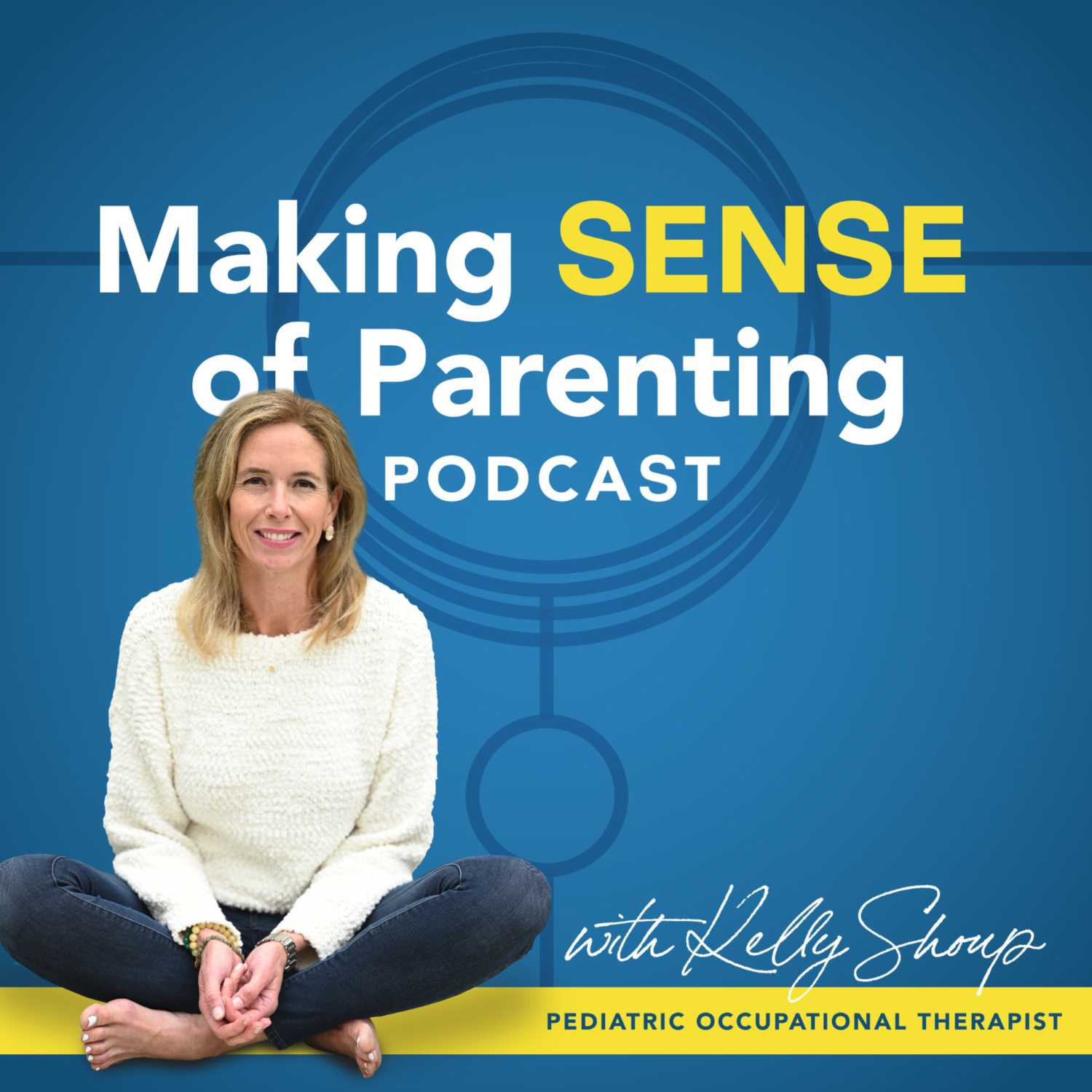Listen "Ep. #24 - Trouble Making Sense of Your Child’s Behavior Part IV: Vestibular/Movement Sense"
Episode Synopsis
Continuing the Making Sense of Your Child’s Behavior series, Part IV, Kelly focuses on the vestibular/movement sense. The vestibular sense is linked to the inner ear. As a general rule children’s bodies need more vestibular stimulation or input to their sensory system than adults do. Children who have a “hiccup” with their vestibular system can sometimes be labeled as being a troublemaker, being out of control or needing firmer discipline from the parents. When in reality, the child is simply seeking proper input for that vestibular sense.The vestibular system contributes to balance and our sense of where the body is in space. The vestibular system works with our auditory and visual inputs, so our eyes and our hearing work to give accurate information to the brain about what the body is doing.The vestibular needs of a child are in direct relation to whether they are an under-responder or an over-responder with their sensory system. An under-responder (a sensory-seeker) will need more vestibular input, more movement. The over-responder is movement sensitive, so only a small amount of movement is alarming to the nervous system.Understanding these sensory systems is very important for parents because if something is off in the child’s sensory system it can cause the child to act out with some behavior that is not ill-intentioned but because their body is automatically responding to what is going on inside them. But with the proper understanding and tools, parents can be prepared. Kelly will help give you the information and strategies you need so that you can help your child develop and find the purpose that God has for them.Reach out to Kelly!InstagramSensory Profile QuizMonthly MembershipPlease subscribe to the podcastYouTubeApple PodcastsSpotify
More episodes of the podcast Making Sense of Parenting
Ep. #42 - Is Ignorance Really Bliss?
24/03/2023
Ep. #40 - I'm Over It!
24/03/2023
Ep. #39 - Let's Talk Kids and Sports
24/03/2023
Ep. #38 - Moms Have Meltdowns Too
24/03/2023
Ep. #37 - Top Mistakes Moms Make
22/03/2023
Ep. #36 - College Newbie Calamities
22/03/2023
Ep. #35 - Yikes! Playing is a Disaster
21/03/2023
Ep. #34 - How to Play Over the Holidays
21/03/2023
 ZARZA We are Zarza, the prestigious firm behind major projects in information technology.
ZARZA We are Zarza, the prestigious firm behind major projects in information technology.
